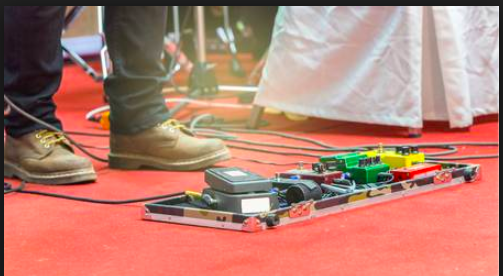From experimental noise to rock n’ roll
The guitar distortion and overdrive effect is a big element in developing the brand and style of sound that is unique to rock music. It’s what makes the guitar sound “gritty”. Though distortion is mostly used with the electric guitar, it can actually be used with other electric musical instruments as well. But did you ever wonder how this fuzzy effect actually came about? It’s actually a happy accident that has since spawned many genres throughout the decades.
In the following video, the history of how the distortion effect came about will be thoroughly explained. As an overview, it was accidentally discovered because of the fuzzy residue made by dysfunctional amplifiers.
Just a quick lesson on our music history, in 1931, the guitar amplifier first went into large-scale. Back then, it was just a small wooden box with a speaker and from 1931 to 1947 these amps didn’t even e
xceed the mere 10 watts it was running on.
https://www.instagram.com/p/BoNep_tnLl9/?hl=en&tagged=guitardistortion
The way distortion made a permanent spot in the real of music is the time when blues guitarists would play electric blues, they would procure an overdriven sound by increasing their vacuum tube-powered guitar amplifiers to high volumes. This act of turning up the volume caused the signal to distort. Various ways to produce distortion have been developed since the 1960s, such as distortion effect pedals.
Even up to the modern present era, extreme loudness to the point of feeling the volume in our insides is part of procuring that distortion when playing and creating music. Distortion has also already made its way across different genres beyond from rock and blues. Hip hop and techno music have also used distortion in numerous tracks. The distortion effect has stayed, developed, and progressed throughout the history of music and it looks like the future still holds it dear. Distortion is here to stay and here to slay more ears and be heard in more kinds of music.

